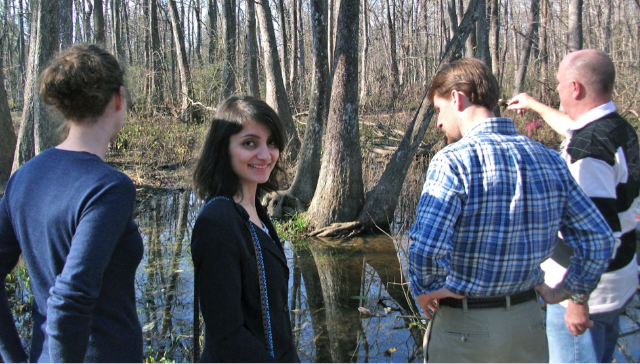Gilgit and Naltar
Gilgit was a tad bit overrated (perhaps since I had just visited it after I was at Nanga Parbat base camp). But still, as a popular tourist destination, it still hasn't become touristy. It is also the capital of Gilgit-Baltistan, which is a self-governing territory in the north of Pakistan. Its ancient name was Sargin, later called Gilit. Locals still call it Gilit or Sargin-Gilit.
Unlike most of the capitals of Pakistan that have been destroyed by pollution, over-population, terrorism or crime, Gilgit is one exception. This little city is still continues to have spectacular scenic beauty. The Gilgit Valley lies at an elevation of some 1500 metres and is only 10 kilometres (6.2 miles) off the Karakoram Highway.
The weather is not to my liking. When we visited in July, Gilgit was quite hot (35 degrees Celsius). Given the heat, we didn't stay too long in Gilgit to explore it and do any justice. What is special about Gilgit is that it is the starting point for the journeys that you will make further north or south. We saw it as the end point, but for most tourists, you can fly from Islamabad to Gilgit and drive south to visit Astore, Deosai, Fairy Meadows or whichever place you like.

We took a jeep ride to Naltar Valley where I took lots of photos of donkeys and a snow leopard that was being taken to Nat Geo in the US. I also got to eat fresh prunes there, not the dried ones. Of course, the only downside to Naltar was that by being so accessible and close to Gilgit, it was populated by tourists, who had trashed some of the places with there food.

Unlike most of the capitals of Pakistan that have been destroyed by pollution, over-population, terrorism or crime, Gilgit is one exception. This little city is still continues to have spectacular scenic beauty. The Gilgit Valley lies at an elevation of some 1500 metres and is only 10 kilometres (6.2 miles) off the Karakoram Highway.
The weather is not to my liking. When we visited in July, Gilgit was quite hot (35 degrees Celsius). Given the heat, we didn't stay too long in Gilgit to explore it and do any justice. What is special about Gilgit is that it is the starting point for the journeys that you will make further north or south. We saw it as the end point, but for most tourists, you can fly from Islamabad to Gilgit and drive south to visit Astore, Deosai, Fairy Meadows or whichever place you like.

We took a jeep ride to Naltar Valley where I took lots of photos of donkeys and a snow leopard that was being taken to Nat Geo in the US. I also got to eat fresh prunes there, not the dried ones. Of course, the only downside to Naltar was that by being so accessible and close to Gilgit, it was populated by tourists, who had trashed some of the places with there food.

SIGHTS TO SEE:
- Buddha Carvings- Two miles out of town there are a pair of Buddha's carved in to a high rock. They date back to the 5th century and are a historian's dream.
- Yes, adventure-lover, Rakaposhi base camp. Base camps are for people like me who love the adventure of hiking and feel that by reaching a base camp, have accomplished some feat. I would like to climb a mountain too some day, but not sure exactly when.
- Naltar Valley with the lake and the big peaks around it. Magnifico!
- Hunza is close by too! From there you can go anywhere. Skardu, Astore, Rama, you name it!
- Laila Peak in Haramosh Valley (east of Gilgit). Now, wait a minute people. There are three Laila Peaks in Pakistan: Laila Peak (6096 or 6614m) in Hushe Valley, Karakoram, Laila Peak(6985m) in Haramosh Valley, Karakoram (near Chogurunma Glacier) and Laila Peak (5971m) in Rupal Valley, Himalaya. In case you don't know, my name is Laila.



0 comments